A strange thing time. An invisible force whose trajectory leaves the most visible of signs in its wake. As designers it's evident in everything we make, whether we want it to be or not. As an educator I'm also acutely aware of the force of immediacy on the work and thinking of design students. Staying in the same place and digging deeper conflicts with the imperative to cover as much ground as possible, as quickly as possible.
We can learn a lot by looking. In the process of extracting information and searching for meaning we have the capacity to perceive and decipher all sorts of visual codes and clues. And we also discern time—an idea of how long something took to make. This too is information. It's a disclosure which could be described by saying that the work we look at emits it's own "temporal signature." Whatever the case, whether we read in or the object reads out, we have the ability to gauge the investment of time encapsulated in the things we observe.
In turn this tells us something about the conditions of how something was made, and it tells us about the spirit in which it was made. We recognize investments of time. In simple terms this manifests itself by looking at a work and our attention being held, of sometimes going "wow." We react in this way because we're able to recognize dedication, persistence, devotion. And these things are powerful because we can often reflect upon our own undertaking and commitment by observing the endeavor of others.
Sustaining focus and concentration for thirty minutes is one thing, sustaining it for thirty hours or thirty days is something else. And even though time is not in itself a guarantee of excellence it allows for the possibility of contemplation, of refinement, of assessment and reassessment, and of perfecting, in the creation of the things we make, and often on the way they are received and understood. So the temporal signature tells us something about process. In this sense time, or our perception of it, is as significant as any other information we obtain.
This intrigue led me some years ago to invite my father-in-law to one of my classes. I did so because he belonged to a generation of designers who practiced long before there were any university courses for design in Portugal and I thought it of value that my students should learn from his professional experience. Even more specifically I wanted to expose the students, first hand, to his particular set of skills, his attention to detail, his patience and dedication, which exemplified a very particular spirit and symmetry of hand and mind, one that was present in all his varied visual practices—graphic design, painting, embroidery, applied art—each one informing, reinforcing, and embellishing the other.
At the same time I was also slightly apprehensive at the thought that my students would fail to connect with a body of work and an approach that was so removed from their contemporary references and expectations. I was pleased to discover that I had underestimated their sensitivity to dedication, regardless of stylistic preferences. They were inspired.
It would be silly of course to suggest that the appreciation of such work—his or any other—is solely based on an appreciation of how long it takes to execute. Skill is the most evident of factors, but time is an integral component in the application of that skill. I used his work as an example, then and now, not because it is unique—there are other more illustrious and renown examples—but on the contrary, because it was typical, and it was local, geographically and professionally. This text is not about him then, it simply includes him. None of it is an argument in favor of the analogue over the the digital, of the manual over the mechanical. Dedication and consummation, in the sense of bringing to a state of perfection, are not determined by the tools or methods we use, but by what we invest in them. Some things should simply take time.
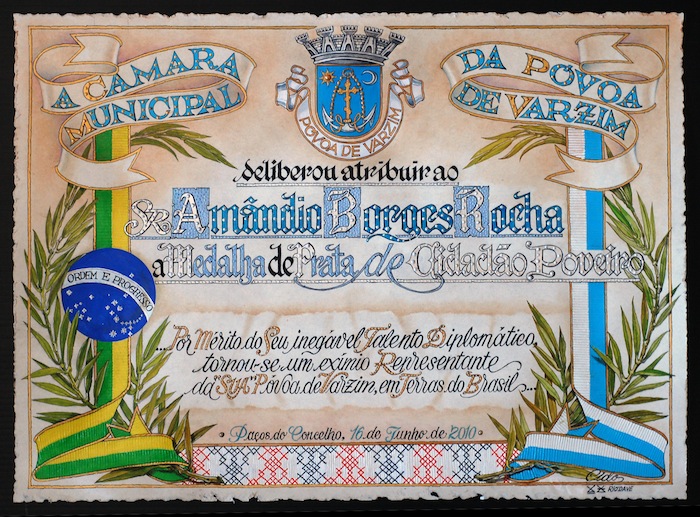
The work of Dulcídio "Cido" Marques crafted in a world before computers. Above (and below) examples of hand-painted certificates.
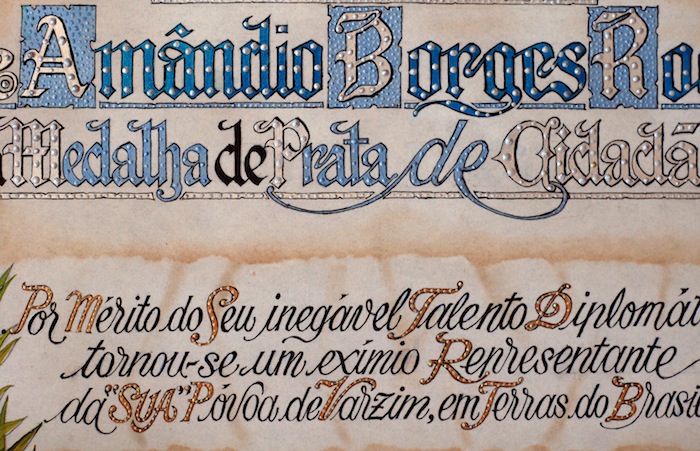
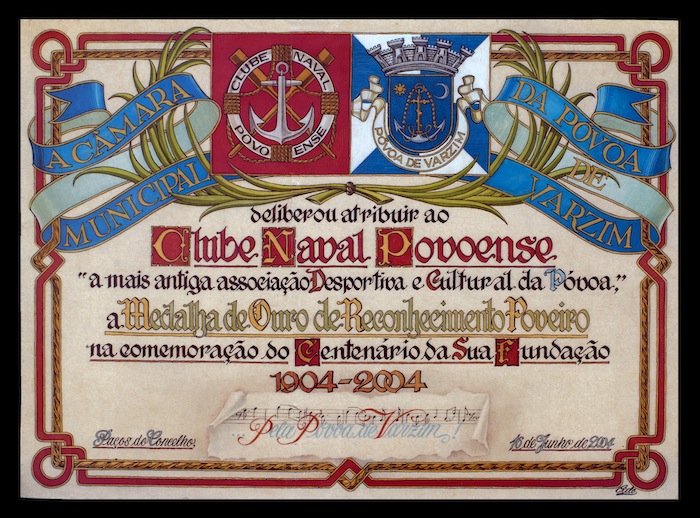
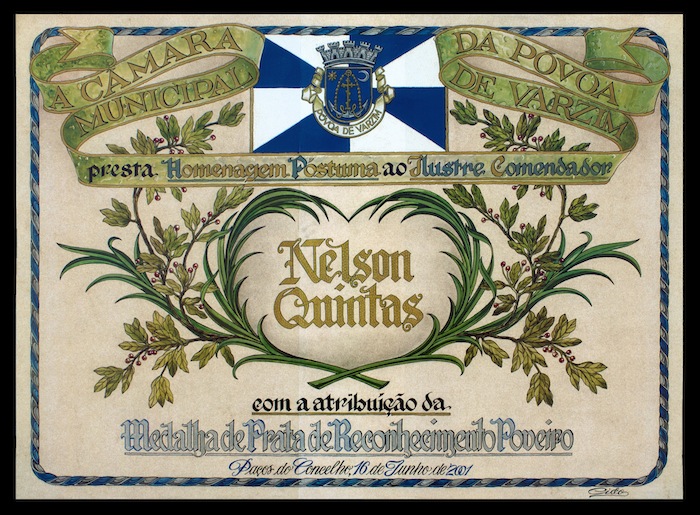
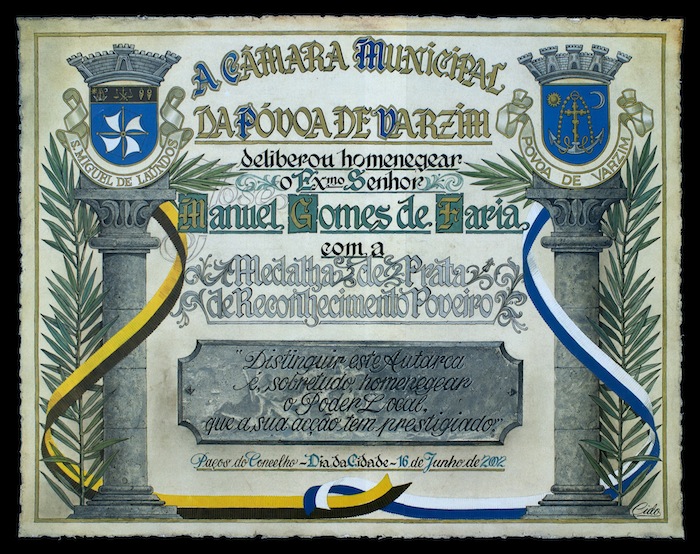
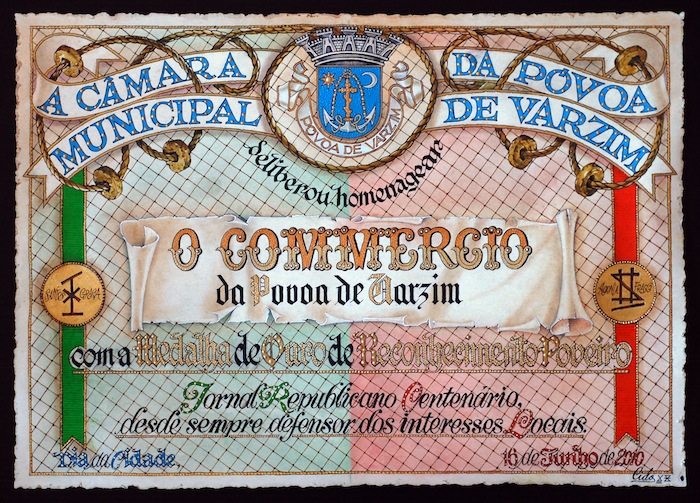
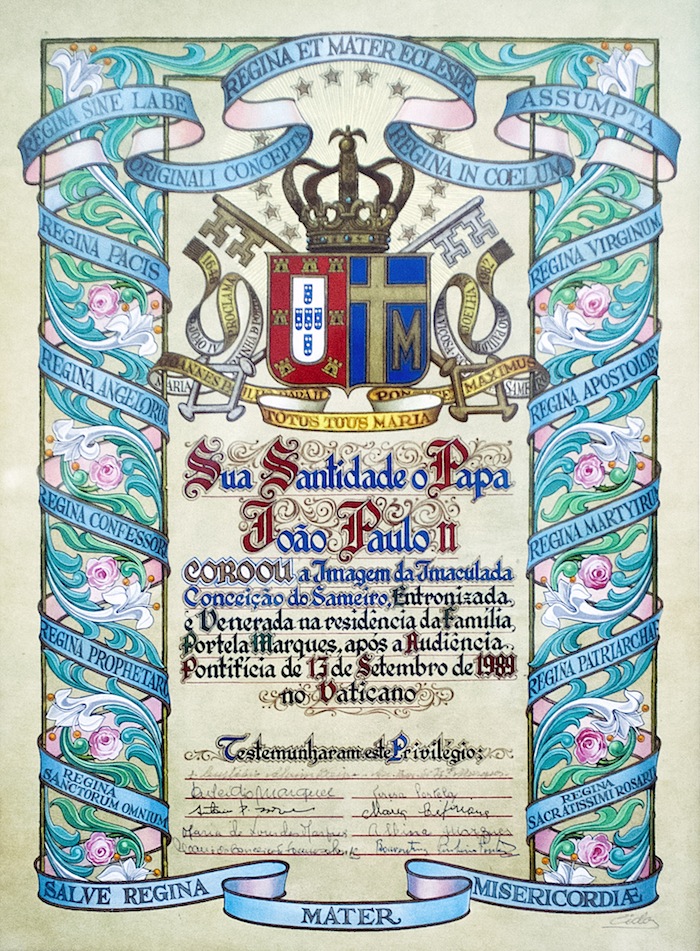
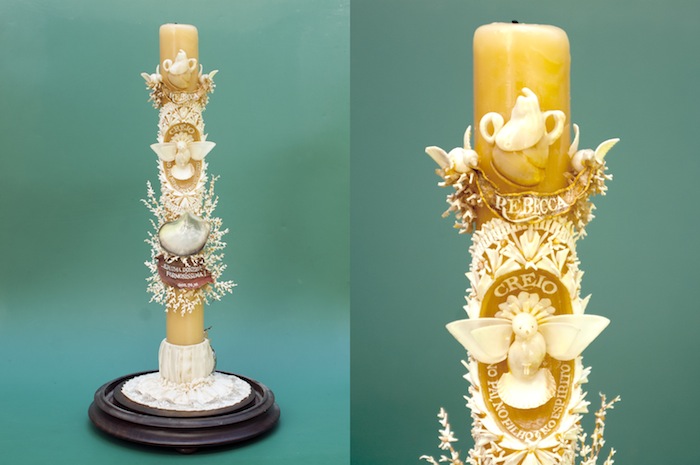







Commemorative candles (above) and decorative pieces (below) made with hundreds of tiny skeletal fragments of sea urchins and other sea creatures. (Courtesy of Cido Marques)
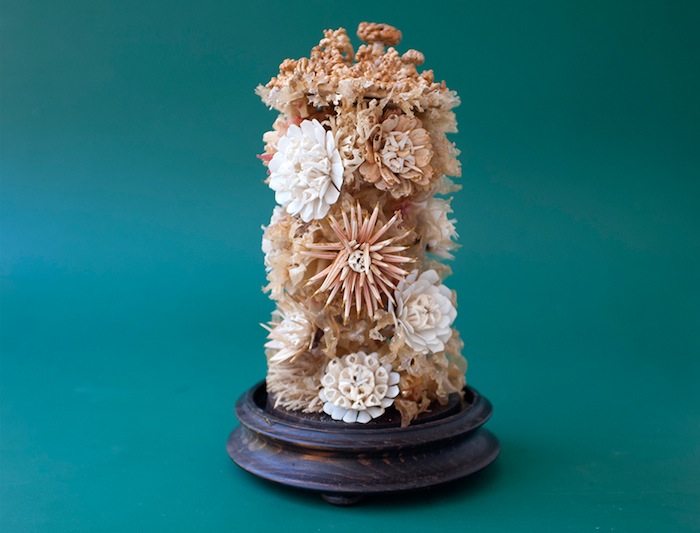
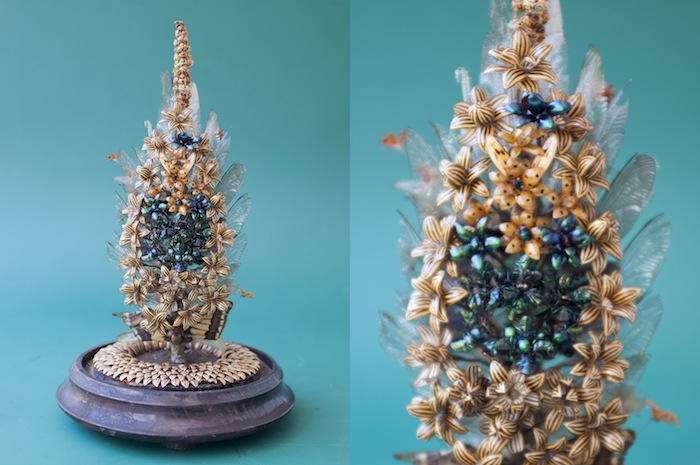 Decorative piece made with insect wings. (Courtey of Cido Marques)
Decorative piece made with insect wings. (Courtey of Cido Marques)

 Decorative piece made with insect wings. (Courtey of Cido Marques)
Decorative piece made with insect wings. (Courtey of Cido Marques)
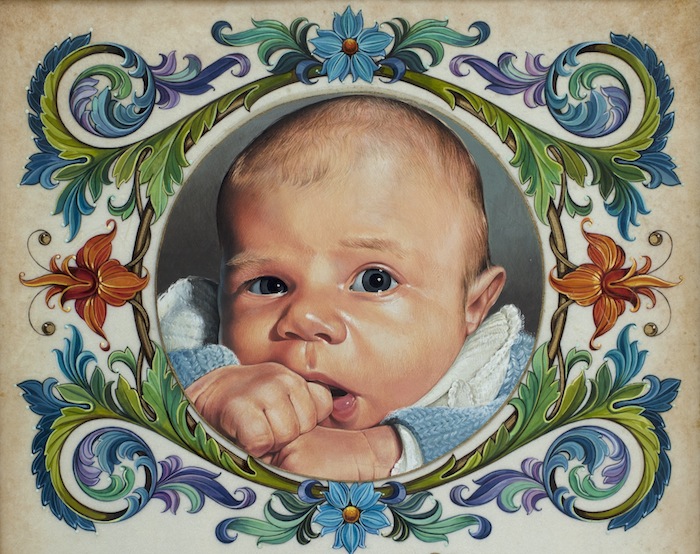
Detail of a baptism certificate (private commission). The painted image within the circular shape measures just 13 centimeters—approximately five inches. (Courtesy of Cido Marques)


Comments [1]
12.10.14
11:08